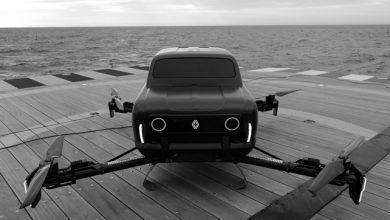Google updates Maps app for EVs with new features
Google has added new functions to its Google Maps app in electric vehicle. Through these new features, Google is aiming to address typical EV user needs – such as finding the right charging station, and planning trips where charging may be necessary along the way.
In enhancing the first step of the charging experience, Maps will automatically recommend the best charging stop on any route that will require the EV to recharge. This estimation is based on a number of dynamic factors along the user’s chosen route – including the current traffic situation ahead of them, the charge level of their EV when planning the route, and their EV’s expected energy consumption. In determining the optimal charging stop that will also achieve the shortest route time, Google includes the expected driving and charging time, while accounting for the charging speeds available at the station. If the user wishes to change the station chosen by the app, they can quickly do so through the app’s UI.
A new filter will allow users to more easily find charging stations that offer fast, ultra-fast, and rapid charging. More specifically, the new filter will help users locate chargers that offer a maximum charging capacity between 150 kW and 350 kW DC. Google estimates that, when using these chargers, their enhanced capacity will provide enough power for the user to visit, recharge, and resume their journey in less than 40 minutes.
Supporting both of these new functions is a refined search results menu. For the EV version, the app’s search results have been updated to account for the availability of charging stations at nearby locations. When the user searches for a destination, the app will now show a new icon indicating whether or not that destination (or those nearby it) has EV chargers on the premises. In outlining the convenience this update adds to the user experience, Google used the example of planning a route to a nearby supermarket – where the user can more easily select a store that will allow them to charge their vehicle.
Google confirmed that these features will roll out gradually over the next few months for EVs offering Google built-in. Today, EVs from Polestar, Volvo, Renault – and select vehicles from GM’s brand portfolio – already offer the built-in Maps app. Honda and Ford are likewise planning to equip their future EVs with the native navigation application.



